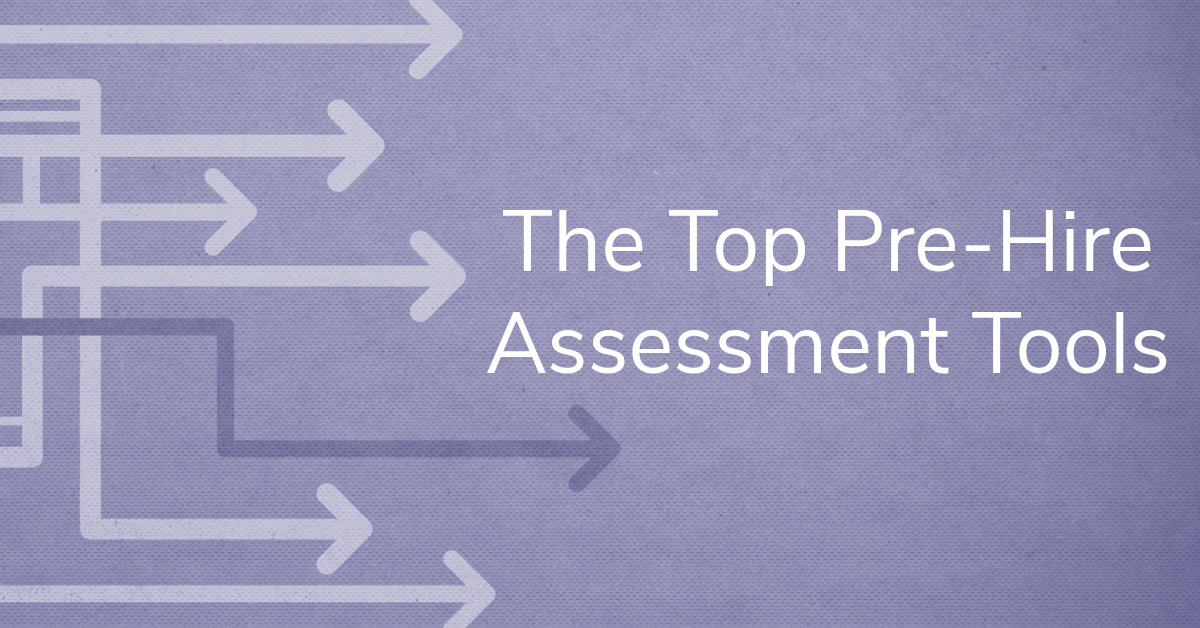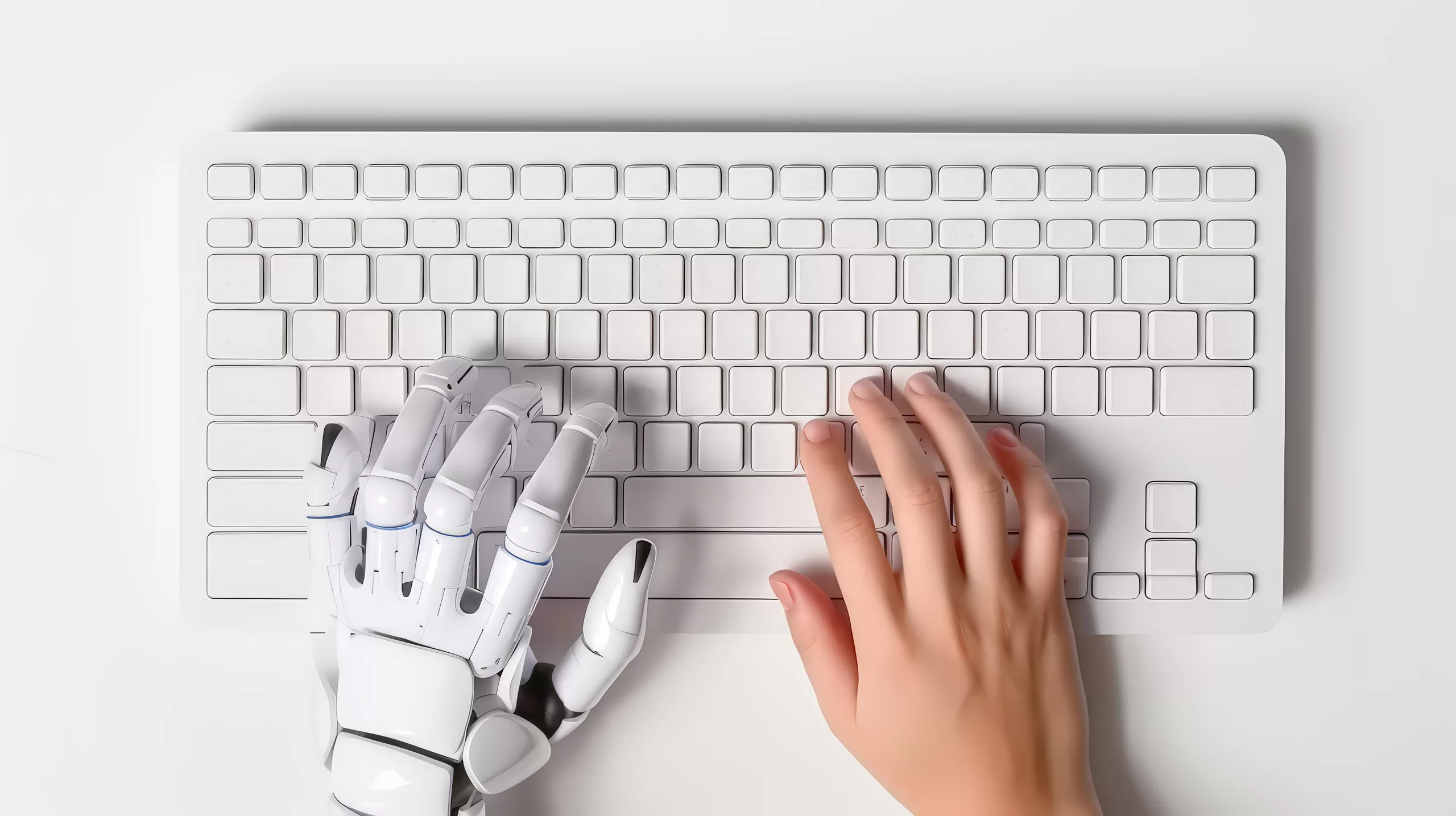Picture this: You’re poring over dozens of resumes at the end of the day. You’re under pressure to recommend a shortlist of candidates to your hiring manager tomorrow morning. Hundreds of resumes have already been filtered out by your applicant tracking system (ATS), but as you review the remaining ones, doubts creep in about the effectiveness of AI recruitment.
Have I done everything I can to find the best talent? Is my process effectively identifying the best candidates and placing them at the top of the list?
It’s easy to wonder if technology is helping or just adding new layers of complexity. While AI recruiting promises to save time and improve outcomes, it’s natural to question whether algorithms alone can make the best choices. And what about those moments when only a human touch can truly assess a candidate’s potential?
But this isn’t just a concern for large organizations with high applicant volumes. Small and midsized businesses (SMBs) can also benefit from a balanced approach to recruitment that incorporates both technology and traditional methods.
Does embracing AI mean abandoning the strengths of traditional recruitment? Not at all. The sweet spot lies in blending these approaches. We’ll explore where traditional methods excel, where AI provides support, and how HR teams can strike the right balance to hire smarter, faster, and better—all while keeping a human in the loop.
Table of contents
Breaking Down Traditional Recruitment Methods
Traditional recruitment methods have been the foundation of hiring for decades. These approaches rely heavily on human intuition and judgment and often involve manual resume screening, personal outreach, and in-depth interviews.
In short, traditional methods are familiar and feel less complex, but in reality, they perpetuate processes that could be greatly enhanced with technology.
Strengths of Traditional Recruitment
- Human Connection: Recruiters can assess candidates’ interpersonal skills and cultural fit through face-to-face interactions.
- Flexibility: Experienced recruiters can spot potential in unconventional candidates and adapt the hiring process accordingly.
- Familiarity: Traditional methods offer consistency and a sense of reliability to hiring teams who prefer a hands-on approach.
Challenges of Traditional Recruitment
- Time-Consuming: Manually screening resumes, scheduling interviews, and coordinating feedback slows down the hiring process.
- Bias Risk: Decisions driven by intuition can inadvertently introduce unconscious bias.
- Scalability Issues: Traditional methods struggle to manage high-volume hiring without additional resources or support.
The average recruiter spends over 20 hours screening resumes for a single position, leaving limited time for strategic activities.
The Rise of AI in Recruitment
AI recruitment tools are transforming hiring by automating tedious tasks, delivering actionable data-driven insights, and providing predictive analytics. For a closer look at how these technologies are reshaping recruitment, explore how AI in recruitment is changing the hiring process.
How AI Recruitment Works
AI recruitment tools use sophisticated algorithms and machine learning models to optimize every stage of the hiring process:
Automated Screening
AI-powered tools analyze resumes and applications in seconds. By comparing candidate profiles against job requirements, these tools rank applicants based on their fit. Unlike traditional manual screening, AI reduces the risk of human oversight while ensuring consistency across evaluations. For more on how AI is transforming recruitment, check out this guide from Forbes on AI in Recruiting Trends.
Predictive Analytics
Leveraging historical hiring data, AI tools forecast which candidates are most likely to excel in specific roles. This capability enables recruiters to make more informed decisions about potential hires, improving long-term outcomes like retention and performance.
Candidate Engagement
Chatbots and virtual assistants powered by AI enhance the candidate experience by providing personalized updates, answering FAQs, and even scheduling interviews. These tools keep candidates informed and engaged, reducing dropout rates during the hiring process.
Comparing the Benefits and Challenges
Benefits of AI in Recruitment
While AI offers many advantages, mitigating algorithmic bias is crucial to ensure fair hiring practices. Learn how Wonderlic AI creates fairer and more effective assessments to address this challenge.
Efficiency
With automated resume screening, intelligent scheduling, and streamlined workflows, AI significantly reduces the time-to-hire. HR teams can dedicate their resources to higher-value tasks like strategic planning or candidate relationship management. For additional strategies to optimize your recruitment timeline, explore how to speed up the hiring process.
Consistency
AI applies standardized criteria to every applicant, ensuring a fair evaluation process. This consistency is particularly useful in high-volume hiring scenarios, where manual oversight can lead to uneven assessments.
Enhanced Candidate Experience
Automation facilitates personalized communication, faster response times, and smoother application processes. Candidates feel valued and informed, leading to a positive employer brand perception.
Improved Decision-Making
Data-driven insights enable recruiters to identify top talent more accurately. Predictive analytics ensure that hiring decisions are based on measurable success factors rather than subjective judgment.
Challenges of AI in Recruitment
While AI offers immense potential, it’s not without its challenges. Addressing these concerns is essential for maximizing the effectiveness of AI recruitment tools.
Implementation Costs
Adopting AI technologies requires a significant upfront investment, including software licensing, integration with existing systems, and ongoing maintenance. However, these costs can often be justified by the long-term gains in efficiency and accuracy.
Human Oversight
AI can streamline processes, but it cannot replicate human intuition and empathy. Recruiters still need to make nuanced decisions about cultural fit and interpersonal dynamics that AI cannot assess.
Bias in Algorithms
Poorly trained AI systems can replicate and even amplify existing biases in hiring data. Ensuring that AI tools are trained on diverse and representative datasets is crucial to avoiding discrimination.
Finding the Right Balance: The Hybrid Recruitment Strategy
To build an effective recruitment strategy, organizations must blend the strengths of traditional methods and AI-powered tools. This hybrid approach leverages the efficiency of technology without losing the personal touch that human recruiters provide.
A Winning Combination
Use AI for Screening
Automate initial resume reviews to identify the most qualified candidates quickly. This allows HR teams to focus on top prospects while saving significant time and resources.
Rely on Humans for Soft Skills
Recruiters and hiring managers excel in evaluating interpersonal abilities, cultural fit, and emotional intelligence. These factors are critical for ensuring long-term success and team harmony.
Data + Intuition
AI provides valuable insights, but recruiters must interpret this data through the lens of human judgment. Combining analytical rigor with empathetic decision-making ensures well-rounded hiring outcomes.
Choosing the Best Recruitment Strategy
AI recruitment tools are transforming hiring processes, but the key to success lies in blending these tools with traditional human-centered approaches. By combining AI’s efficiency with human intuition, organizations can create a smarter, faster, and more equitable hiring process.
Ready to modernize your hiring process? Wonderlic Select can help streamline recruitment while keeping the human touch intact. Book a demo today!
FAQs
AI is used in recruiting to automate repetitive tasks such as resume screening, interview scheduling, and candidate communication. It leverages machine learning algorithms to analyze candidate data, predict job success, and personalize engagement, ultimately streamlining the hiring process.
Pros:
– Reduces time-to-hire by automating labor-intensive tasks.
– Enhances fairness with consistent and unbiased evaluations.
– Improves candidate experience through fast and personalized communication.
Cons:
– Requires significant upfront investment for tools and training.
– Lacks the ability to evaluate nuanced factors like cultural fit or interpersonal skills.
– May perpetuate biases if not trained on diverse datasets.
The biggest danger of AI in recruitment lies in its potential to replicate existing biases from training data. This can lead to discriminatory outcomes if not properly monitored. Additionally, over-reliance on algorithms can overlook unconventional candidates who may excel in nontraditional ways.
No, AI is not replacing human recruiters. Instead, it supports recruitment processes by automating tasks and providing data-driven insights. Human expertise remains essential for evaluating soft skills, cultural fit, and making empathetic decisions.









